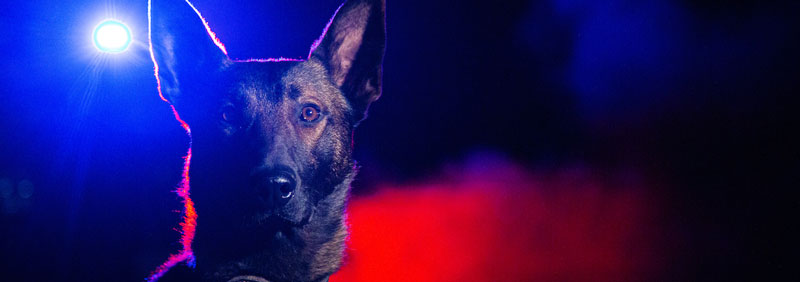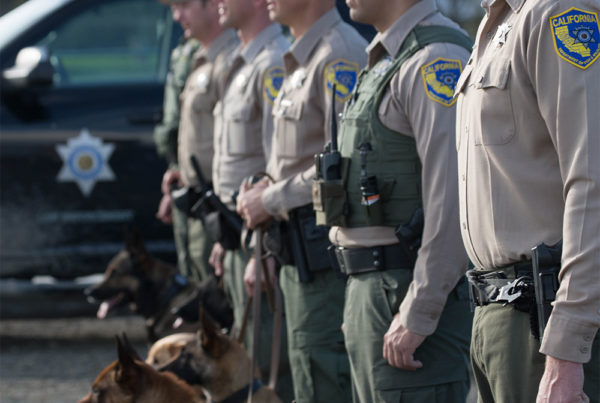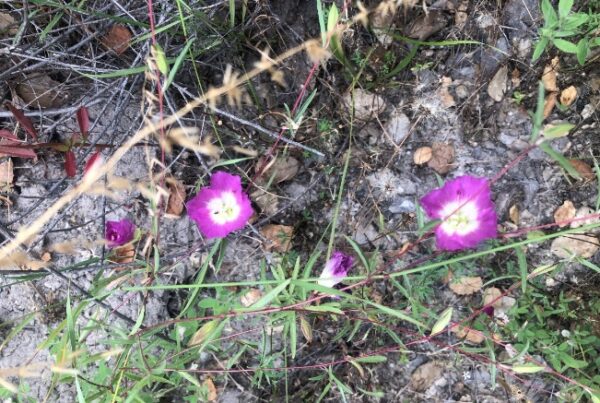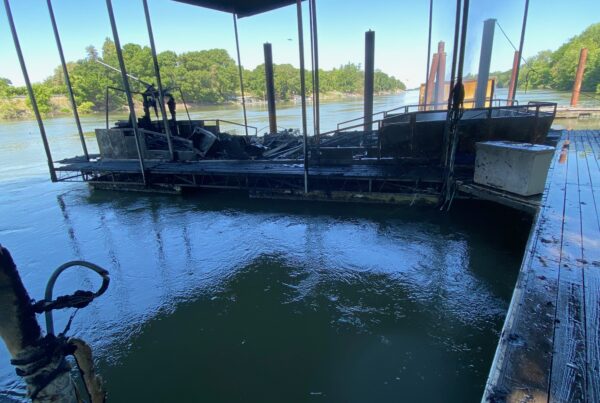Article by Kathleen Dias for Police1
By August 2005, California had been the epicenter of the nation’s weed wars for years. Dense forests crowd subdivisions, walking trails and playgrounds. Cartel growers take advantage of abundant sunlight and stolen water to grow and export high-quality cannabis. Heavily armed “farmers” and trafficked laborers patrol the guerrilla grows; booby traps are common. Banned neurotoxins and anticoagulants coat the plants and spill into the soil and water, threatening watersheds and killing wildlife. Game wardens walk point in the battle for the future of the wild places.
On August 5, 2005, a joint team of game wardens, state park rangers and deputy sheriffs working to eradicate illicit weed grows on public lands was ambushed in a wilderness preserve in the Santa Cruz Mountains. California Department of Fish and Wildlife (CDFW) Lieutenant Kyle Kroll, then a young game warden with three years of experience, was shot and seriously wounded. In the ensuing gun battle, one cartel grower, armed with a shotgun, was killed. The other vanished in the dense greenery. That’s when the hard part really began.
The wilderness preserve is thickly forested, rugged, and cut off from resources like backup or an ambulance, yet less than 30 miles from San Jose. On a map, it doesn’t look remote, but when an officer is down and bleeding, it seems like the dark side of the moon. It was a long hike into the grow, and any help for the pinned team and the wounded warden would have to hike in too or come from the air.
It was nearly three hours before Kroll was airlifted from the site of the gun battle. The other members of the team tended to him as he battled blood loss and the summer sun, while they also maintained a watch for the cartel member with the rifle. The helicopter approached early on and was ordered away because the gunman was still at large. The crew had to wait for authorization to return; like all bureaucratic processes, it took time – a lot of time. Medics arrived on foot, sweating and dusty, before the helicopter did.
There were more complications than just geography and bad guys: the team was hard to see in the dense greenery and had already used their only smoke flare. A landing zone had to be hacked with a machete for the flight medic and basket. White paper was used as a primitive signal to guide the craft over their location. Kroll’s golden hour had long since ticked away, and the officers with him were frustrated and frightened for their young colleague.
As CDFW (ret.) Lt. John Nores, Kroll’s partner, said in his book “The War in the Woods,” this was the day everything for the Marijuana Enforcement Team (MET) changed.

Kroll was honored with a Purple Heart and the Pogue-Elms Award for his courage and grit in the face of mortal danger; the cartel member who shot him was never found. But the MET gained staff support, better equipment and training upgrades that gave them more options and greater safety in future operations.
After reading his book, I talked with Nores by phone. He told me, “One of the great changes was acceptance: if we’re gonna stay in this game, we’ve got to do better. We need to be prepared. This kind of operation wasn’t traditionally game warden stuff. We needed to address peer support, and ways to notify families.” (Within 15 minutes of the Sierra Azul gunfight, the press was reporting that there were casualties long before family members were officially notified.)
“We needed changes in tactical training, in administration and OIS protocols, in follow-up,” Nores said. He credited CDFW Chief Nancy Foley (whom he refers to affectionately as Mama Bear) with a sensitive and useful debrief of all the involved wardens. Because of her tenacity and follow-up, nearly every aspect of MET’s training, equipment and administration evolved.
Tactical medics were added to the teams. A trauma nurse helped develop new field aid techniques based on those used by USAF pararescue specialists. Protocols were redesigned so that future helicopter approaches would be rapid, and without the administrative obstacles to the evacuation of a wounded officer that had endangered Kroll. The introduction of bone conduction microphones for team members on the ground now allows quiet and clear communication.
Shooting qualifications were revamped for the entire agency, moving from an emphasis on hunting to one of survival. Some of the light .223 rounds used by several officers in the gunfight were deflected by the heavy brush, and the various team members used multiple sorts of weapons. Now all MET members carry the same rifle, a heavier short-barrelled .308. It’s more reliable in dense vegetation, and they can share ammunition and magazines. Finally, a program was approved allowing a hand-picked interagency team to form a sniper element for overwatch.
In the six gunfights since not a single MET member has been wounded.





